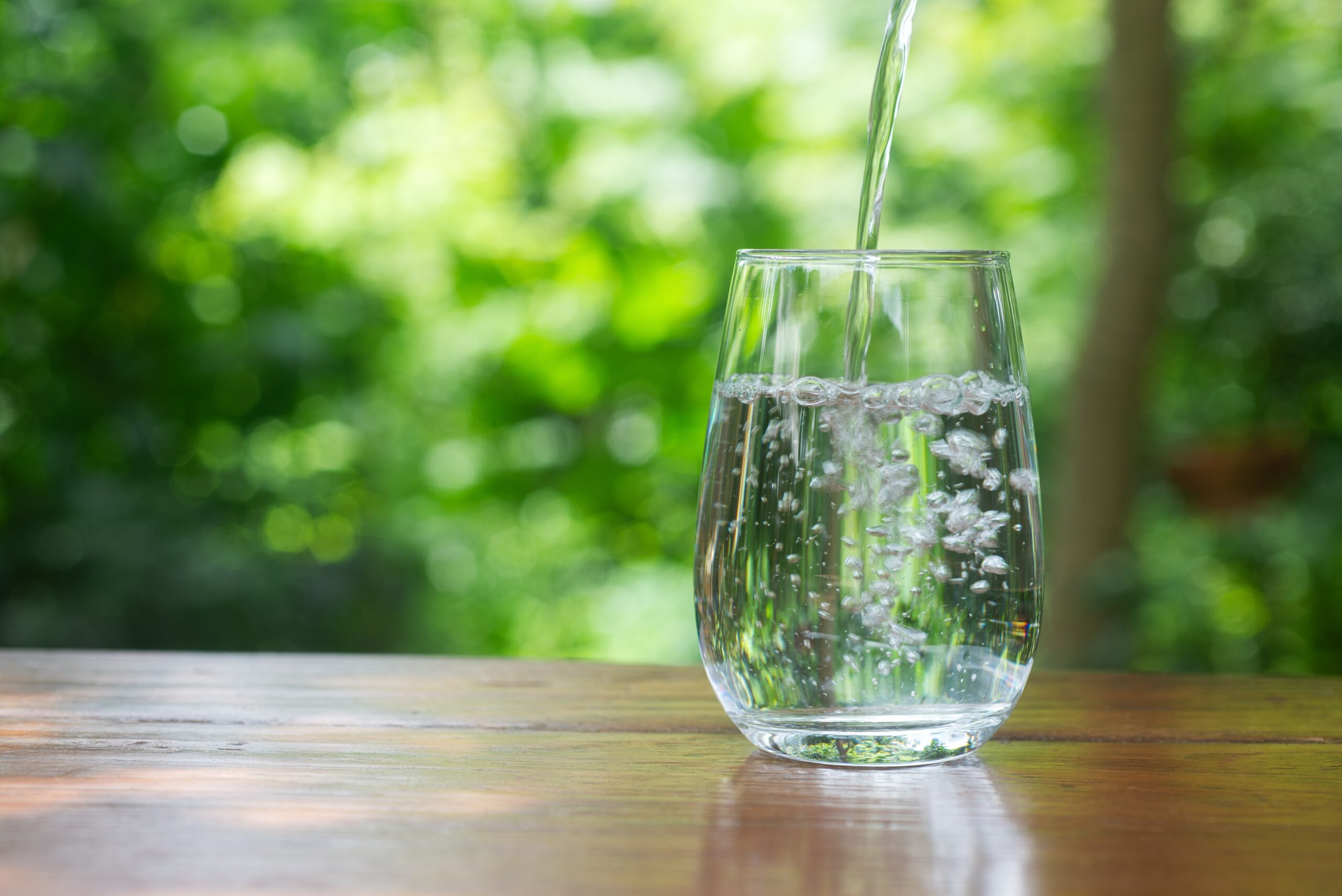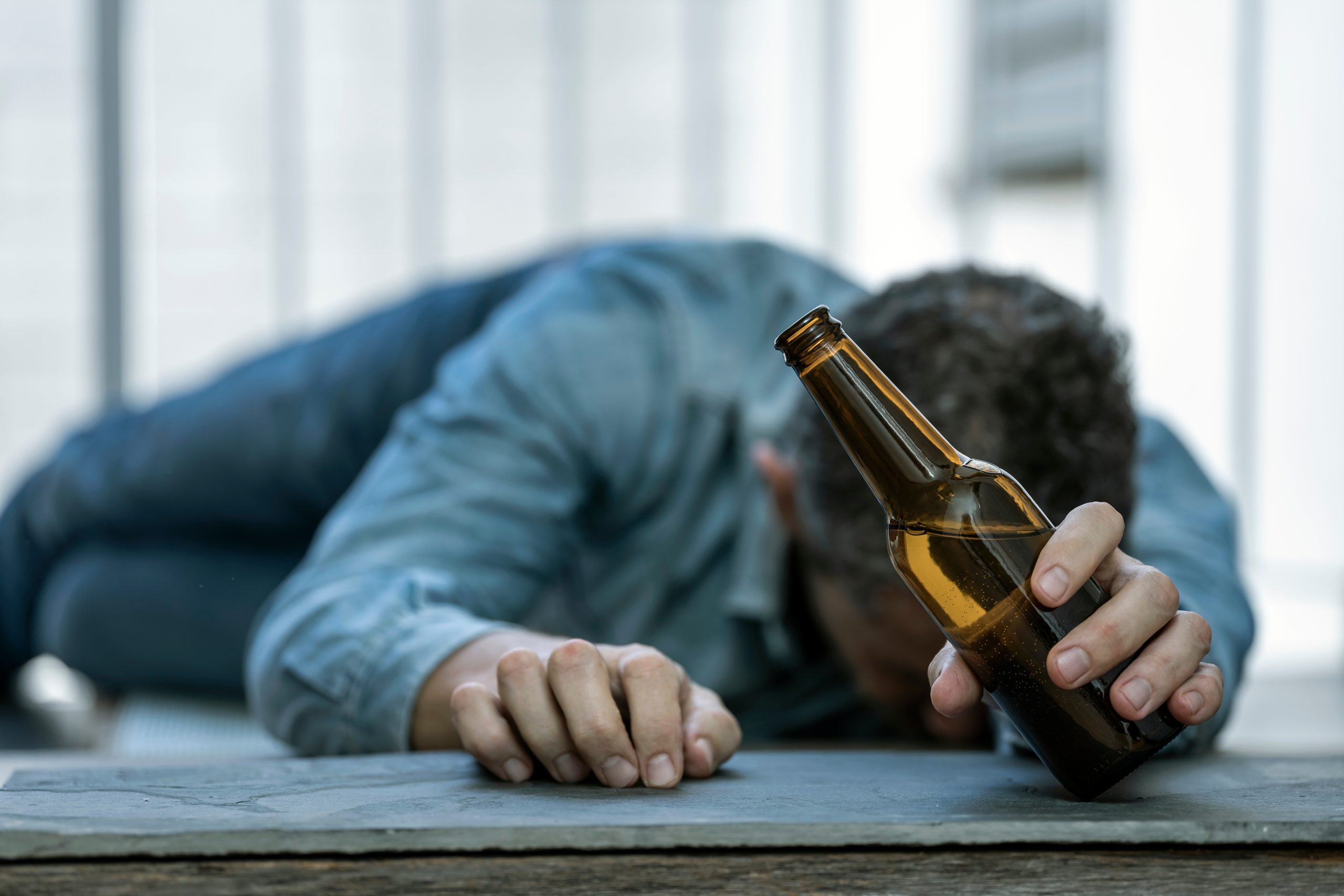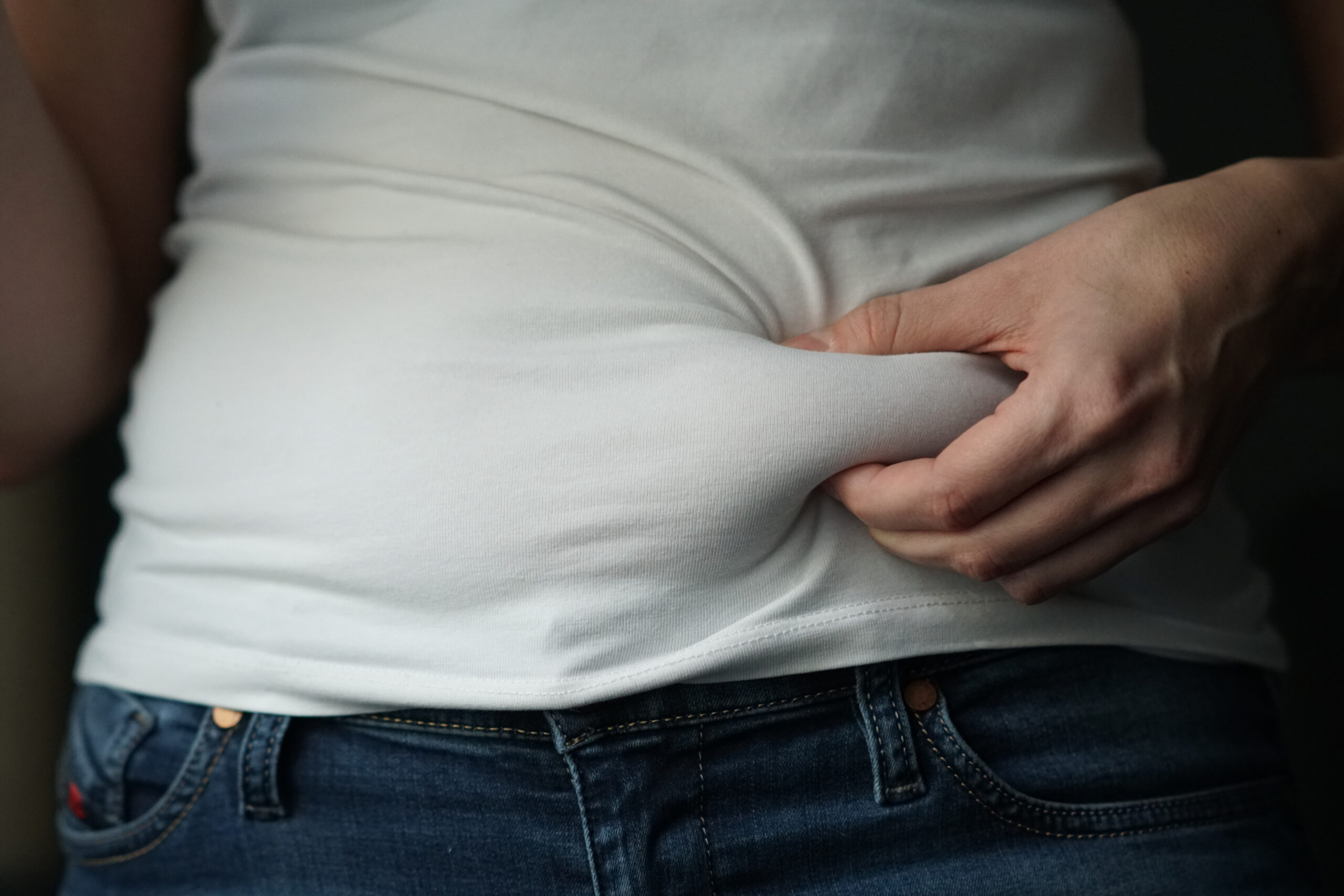Could a glass of water, a brisk stroll, and a dose of protein before noon truly unlock the energy and focus you thought you’d lost to age and busyness?
Story Snapshot
- The “3×3 by 12 p.m.” challenge—3,000 steps, one-third daily water, 30 grams protein by noon—has exploded across social media, promising sharper focus and more energy.
- Its simplicity and no-equipment approach have made it a favorite among busy adults, especially women navigating packed mornings.
- Health experts generally back the core habits, yet warn against blindly embracing one-size-fits-all routines.
- The trend’s viral success is fueling new conversations about sustainable, evidence-based wellness for real people with real schedules.
The Viral Routine That’s Redefining Morning Wellness
Every morning, millions are strapping on step counters, slamming water, and scooping protein powder—all before lunch. The 3×3 by 12 p.m. challenge, born on TikTok, has become a staple for those desperate to break the rut of sluggish, unfocused mornings. Abbie Overturf, known to her legion of followers as @fit.abbie, distilled the routine to three simple acts: walk 3,000 steps, drink a third of your daily water, and eat 30 grams of protein—all by midday. No gym membership. No complex tracking apps. Just measurable, achievable goals, designed for anyone with a pair of shoes and a kitchen.
What sets this challenge apart is not just the viral numbers—tens of millions of views and counting—but its resonance with those who need more energy and sharper focus without sacrificing precious morning hours. The formula is addictive: each step, each sip, each bite is a small victory, a dopamine hit in a world where mornings often feel like a losing battle. For many, this isn’t just a trend; it’s the first routine that’s actually stuck.
Why Simplicity Wins: The Science and Psychology Behind the 3×3 Challenge
Morning routines have always promised more than they deliver, but the 3×3 by 12 p.m. challenge is grounded in research, not just influencer hype. Studies link morning movement to improved mood and cognitive function. Hydration, especially after a night’s sleep, is proven to sharpen thinking, particularly in older adults. High-protein breakfasts stabilize blood sugar and stave off the mid-morning crash. The Harvard study on step counts offers credibility, confirming that even modest morning movement can improve longevity. For those over forty, the appeal isn’t just energy—it’s reclaiming focus and vitality in a world that often feels stacked against it.
Experts like holistic nutritionist Robin DeCicco praise the routine’s purposeful structure, yet caution that rigid adherence can backfire. One size rarely fits all in wellness. The challenge’s noon deadline, while motivating for some, is arbitrary. Nutritionists and trainers suggest using the framework as a guide, not a mandate, adjusting water, protein, and movement targets for personal needs and health conditions. The message? Use the challenge as a springboard, not a straitjacket.
From TikTok to Mainstream: Who’s Driving and Who’s Deciding?
This trend didn’t emerge from a research lab or a government campaign. It ignited on TikTok, where creators like Overturf craft digestible wellness hacks for a restless audience. TikTok users became both the test group and the megaphone, sharing progress, setbacks, and real-time results. Media outlets rushed to analyze and explain the surge, while wellness experts weighed in, sometimes embracing, sometimes critiquing the simplicity. The power dynamic is clear: social media creators set the narrative, while health professionals play catch-up, recalibrating advice for an audience that expects both credibility and convenience.
Behind the scenes, the wellness industry is watching closely. Demand for protein supplements, hydration tracking bottles, and step counters is climbing. For busy professionals—especially women juggling work, family, and personal health—the 3×3 challenge offers a rare combination of evidence, accessibility, and community support. The risk, as ever, is that popularity breeds fad status. Will the routine last? Or will it be replaced by the next viral hack?
Lasting Impact or Fleeting Fad? What the Experts and Real People Say
Short-term, the impact is palpable: more people moving, drinking water, and eating protein before noon. Reports of better mood and sharper focus abound. Long-term, sustainability is the big question. Experts agree that internalizing the habits—rather than obsessing over the numbers—offers the best odds of lasting change. Overturf herself acknowledges that flexibility and personalization are critical for success. Still, the challenge’s viral spread has nudged millions toward healthier mornings, and the wellness conversation is shifting toward routines that fit real, messy, unpredictable lives.
As the trend endures, it’s reshaping not just mornings, but the broader wellness landscape. The “3×3 by 12 p.m.” challenge may fade from headlines, but its core promise—simple, actionable habits that deliver real energy and focus—will likely continue to influence how Americans start their day. For now, those 3,000 steps, a tall glass of water, and a protein-packed breakfast might just be the most honest path to reclaiming mornings and, maybe, a little more of ourselves.
Sources:








